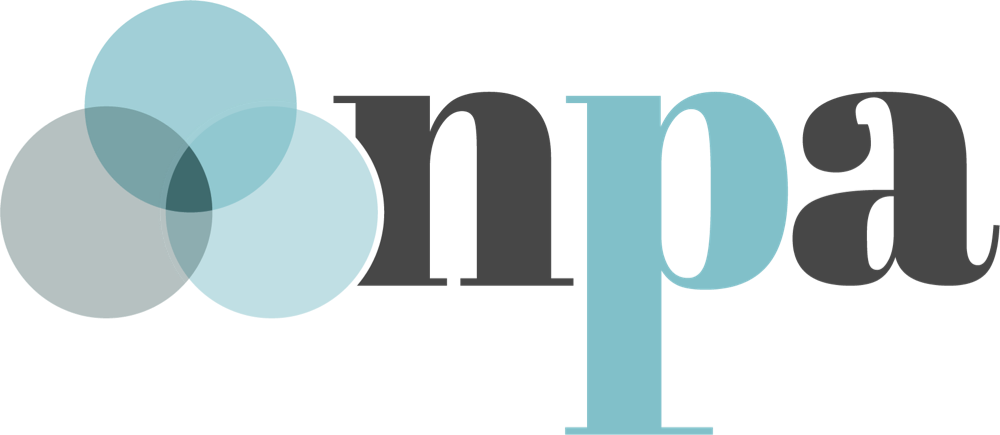Make the paywall work for you: A conversation at the NPA Summit 2022
This article was produced as part of the NPA Summit 2022 student newsroom. Learn more about this year’s students and the event.
The paywall does the opposite of what journalists naturally want from their audience — it stops them from reading their work.
But many business models rely on the reminder to readers that financial support is needed to keep the lights on — and the articles coming.
So during the News Product Alliance, those who are familiar with the paywall the most discussed one very important concept:
How can you make the paywall work for you?
Mandy Hofmockel, managing editor of audience at Hearst Connecticut Media Group, along with Mariah Craddick, senior product manager, customer journey at The Atlantic, hosted an asynchronous discussion over Slack during the 2022 News Product Alliance Summit on paywall strategies, including metered, freemium or dynamic models.
Let’s start with some definitions: A metered paywall allows a preview of content before requiring readers to subscribe to read additional articles. A freemium model offers readers both free and premium content, with newsrooms selecting which articles will appear behind a paywall. A dynamic paywall remains flexible for a newsroom to implement various monetization models.
An informal poll revealed that 38% of the session attendees used metered paywalls — which allow users a limited preview of content before requiring a subscription.
Ryan Nakashima, a Product Management Director at Hearst, who answered questions during the session said that a registration wall combined with a subscriber-only content wall works well.
According to Nakashima, registration is becoming really dominant, as email marketing has become a fast-growing channel in terms of subscriptions. “Bulking up the known user pool is very important,” he posted in the channel.
Some of the other answers revolved around understanding what users wanted to pay for or implementing a “dynamic paywall” after ascertaining user behavior.
Some of the other interesting questions raised in the async session were deciding which stories would be accorded “paid-access” status, the impact of paywalls on ad revenue and pageviews, the use of a vendor to build paywalls and paywall tactics to convert subscribers.
Mandy shared her process for determining which stories would be behind or in front of the paywall. She said publishers should ask themselves these questions to determine where to place the story:
Does this work have extensive depth or exclusivity? If so, lean towards making the content subscriber-only.
Does every news organization in the local area have this? If so, lean toward a paywall.
Is this story something for the public good or public safety? If so, consider allowing free access — you may not put a hurricane warning behind a paywall.
Is this a feature or human interest story? If so, consider putting it behind a paywall, since it could attract readers to subscribe.
According to Craddick it’s difficult to determine the impact paywalls can have on advertising revenue but research can help gauge the pros and cons.
“Testing is a good way to start understanding that impact,” Craddick said. “Also, being well informed across the org that there will be a negative impact on ad revenue regardless of your paywall strategy.”
Amanda Roth, subscriber success manager at The Logic, shared a strategy used by her company to convert website users to email subscribers.
“We use a balance of a ‘hard paywall’ and email unlock (reading an article for free by providing your email address). This strategy allows us to hit leads with marketing automations to try and convert users to subscribers,” she said.
Throughout the discussion, participants shared how their paywall models were unique and how they served their individual organizational goals. Hofmockel emphasized the importance of realizing that there are several options when it comes to paywalls.
“The biggest takeaway that I’d share with folks is just how flexible and creative the paywall strategy can be,” Hofmockel told the student newsroom over Slack. “A site might be metered at its core, but it can also borrow or experiment with strategies for freemium, time wall and registration wall models.”


